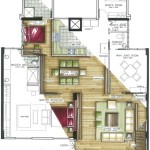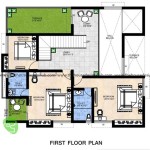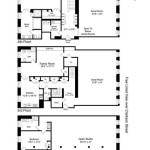Essential Aspects of Commercial Duck House Plans
Building a commercial duck house requires meticulous planning and consideration of various factors. By incorporating these essential aspects into your plans, you can ensure the well-being of your ducks while maximizing efficiency and profitability.
1. Design Considerations
The design of your duck house should prioritize the comfort and health of your ducks. Adequate ventilation is crucial to prevent respiratory problems. Consider providing multiple windows and a ventilation system to maintain fresh air circulation. Proper insulation is also essential, especially in colder climates, to keep your ducks warm during winter.
2. Space Requirements
The size of your duck house should accommodate the number of ducks you intend to keep. As a general rule, each duck requires about 3 to 4 square feet of floor space. Ensure that the height of the house allows the ducks to stand upright without hitting their heads. Provide enough perches for resting and elevated nesting boxes for laying eggs.
3. Material Selection
The materials used in constructing your duck house should be durable, easy to clean, and resistant to moisture and pests. Choose materials that are non-toxic to ducks, such as wood or plastic. Floors should be made of concrete or a waterproof material to prevent moisture buildup. Walls can be made of wood, metal, or insulated panels.
4. Water and Feeding System
Ducks require a constant supply of fresh water. Install a reliable water system that provides easy access to clean water for drinking and bathing. Automatic feeders can be used to provide regular and consistent feedings, reducing labor costs. Ensure that the feeding system is placed at an appropriate height for the ducks to reach comfortably.
5. Lighting
Proper lighting is essential for regulating egg production and the overall health of your ducks. Provide a combination of natural light and artificial lighting to meet their needs. Install windows to provide natural light, and supplement with artificial lighting during shorter days or in enclosed areas.
6. Waste Management
Plan for efficient waste management to maintain a clean and hygienic environment for your ducks. Consider installing a deep litter system with absorbent materials, such as straw or wood chips, to control odor and moisture. Regularly remove and replace the litter to prevent disease buildup.
7. Disease Prevention
Disease prevention is crucial in commercial duck farming. Incorporate biosecurity measures into your plans, including regular vaccinations, routine health checkups, and strict hygiene practices. Create a designated quarantine area for new arrivals to prevent the spread of diseases. Implement proper rodent and pest control measures to minimize the risk of disease transmission.

Duck House Plans Yellow Cottage Homestead

Duck House Plans Yellow Cottage Homestead

Layer En House Plans For 500 Ens Cage Layout And Display Design

Commercial Poultry House Solution Scientific Layout Design

Aivituvin Big Duck Coop Extra Large En For 8 10 Ducks Ens Air49 The Home Depot

Aivituvin Big Duck Coop Extra Large En For 8 10 Ducks Ens Air49 The Home Depot

Duck House Plans Yellow Cottage Homestead

The Naburn Duck House Plans Coop

Duck House Plans Yellow Cottage Homestead

Duck Housing And Coops The Happy En Coop








